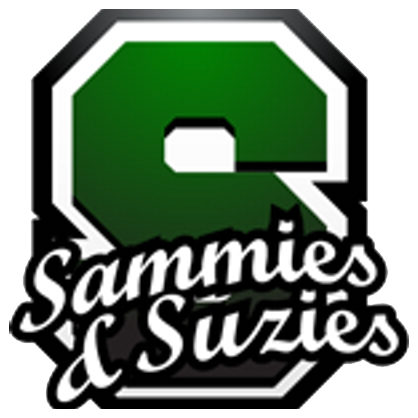Grade 2 Curriculum
Reading
Develop fluency in oral reading
Use preview and prediction strategies
Expand vocabulary
Demonstrate comprehension through who?, what?, why?, where?, and when?
Explore language patterns
Distinguish between various genres
Demonstrates understanding of cause and effect
Explore the concepts of:
Comparison and contrast
Main Idea
Sequential order
Summarizing
Story organization
Story elements
Phonics
High frequency words
Word blending
Digraphs
Blends
Clusters
Vowel position
Vowel pairs
English / Language Arts
Oral Language
Describe objects, events, and experience in a concise oral presentation
Organize and clearly state main ideas
Written Language
Capitalization of proper nouns, beginning sentences, the word "I", and the greeting and closing of a letter
Identify and write a statement, a question, and an exclamatory sentence with appropriate punctuation
Introduction of quotation marks and commas
Heading; name, date, subject
Parts of speech; nouns, pronouns, verbs, adjectives
Usage; synonyms, antonyms, homophones, homographs
Poetry; Listen and appreciate a variety of poetry
Write simple poetry
Organizational Writing
Friendly letter: heading, greeting, body, closing, signature
Thank you note
Address an envelope
Book report: 4 per year (minimum) in different genres
Research project pertaining to science or social studies
Reference skills
Dictionary: entry, definition, guide words, alphabetical order to third letter
Spelling
Introduce weekly spelling list based on word patterns
Apply spelling in daily written assignments
Handwriting
Review manuscript
Introduce formation of cursive letters
Grade 2 Writing Rubrics
Topic | 1 | 2 | 3 | 4 | 5 |
Topic/Idea Development | Story strays from topic. | Story on topic with minimal details. | Well developed topic. | ||
Organization | Story has little or no sequence. | Story has identifiable beginning and follows logical sequence. | Story has identifiable beginning, middle and end. | ||
Details | No supporting details. | Details are adequate to support main idea. | Supporting details are rich, interesting and relevant. | ||
Language/Style | Simple vocabulary. | Attempts to incorporate descriptives. | Uses varied vocabulary to enhance subject matter. | ||
Conventions | |||||
Sentence Structure | Uses incomplete sentences. | Uses complete sentences. | Uses compound/complex sentences. | ||
Grammar and Usage | Incorrect subject/predicate agreement. | Subject/predicate agreement. | Excellent word usage. Consistent subject/predicate agreement throughout. | ||
Mechanics | Inconsistent application of previously taught spelling rules. | Correctly spells words appropriate to grade level of instruction. | Spelling errors limited to words beyond grade level. | ||
Capitalizaton & Punctuation | Little/no application of ending punctuation and capitalization of proper nouns. | Minor errors in ending punctuation and capitalization. | Consistently uses correct capitalization and ending punctuation. Beginning use of commas. | ||
Revising/Proofreading | No apparent planning. No evidence of self-corrections. | Some planning and some evidence of corrections where needed. | Evidence of planning. Self-corrects at grade level expectations. |
Mathematics
Number grids and completing number patterns
Number relations (<, >, =)
Addition facts with sums to 18
Basic subtraction facts (fact families)
Addition and subtraction number stories
Estimating costs and number model answers
Place value to ten-thousands
Money--making change and combining coins and bills
Decimal notation for money
Telling time to 5-minute increments
Reading degrees Fahrenheit and Celsius
Two dimensional and three dimensional shapes, label various polygons
Parallel lines and line segments
Multiplication and division through arrays and number patterns
Measurement to the nearest 1/2 inch and 1/2 centimeter
Metric measurement, area and capacity
Comparing simple fractions
Science / Social Studies
Selected topics in life, earth, and physical science
Observe changes in the natural and physical world
Make predictions and conduct simple investigations using basic materials
Interpret findings
Discuss and report on observations
